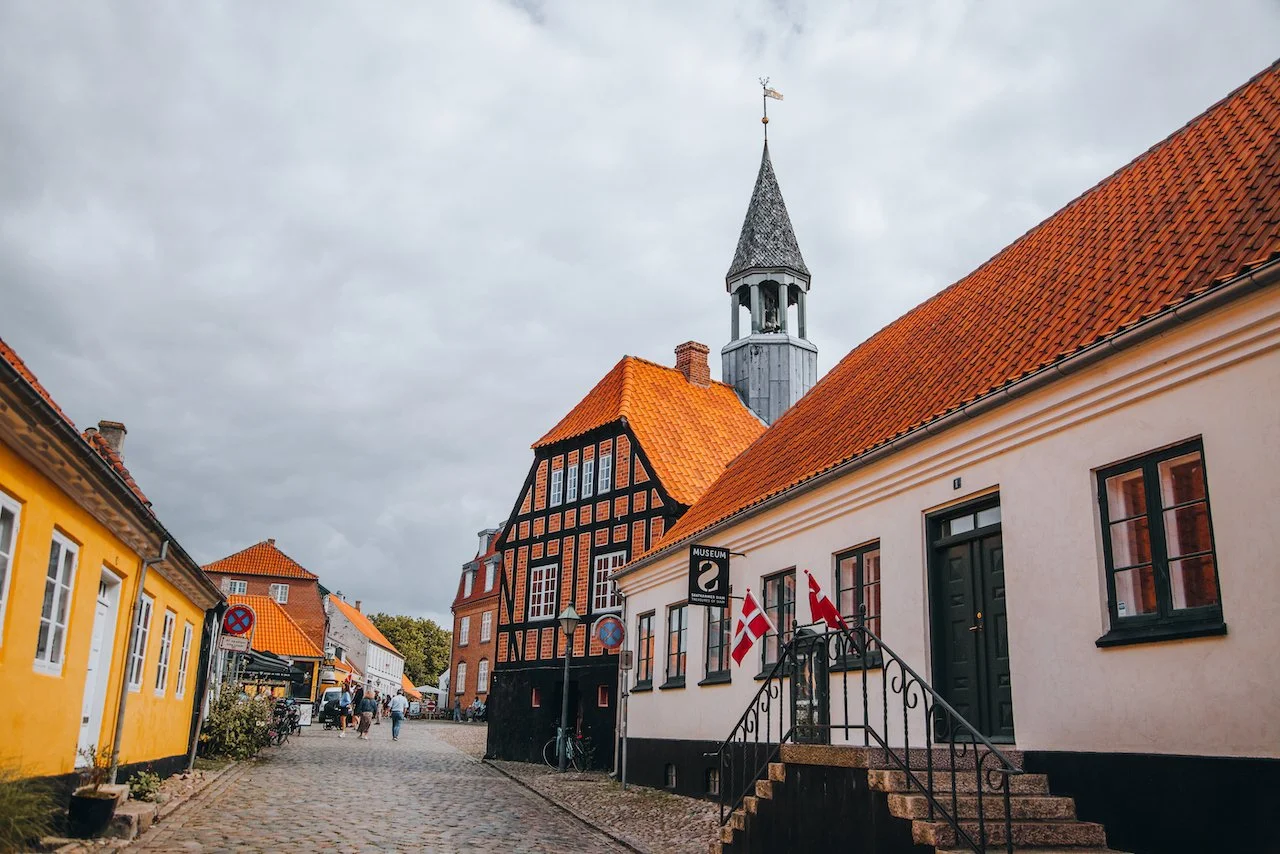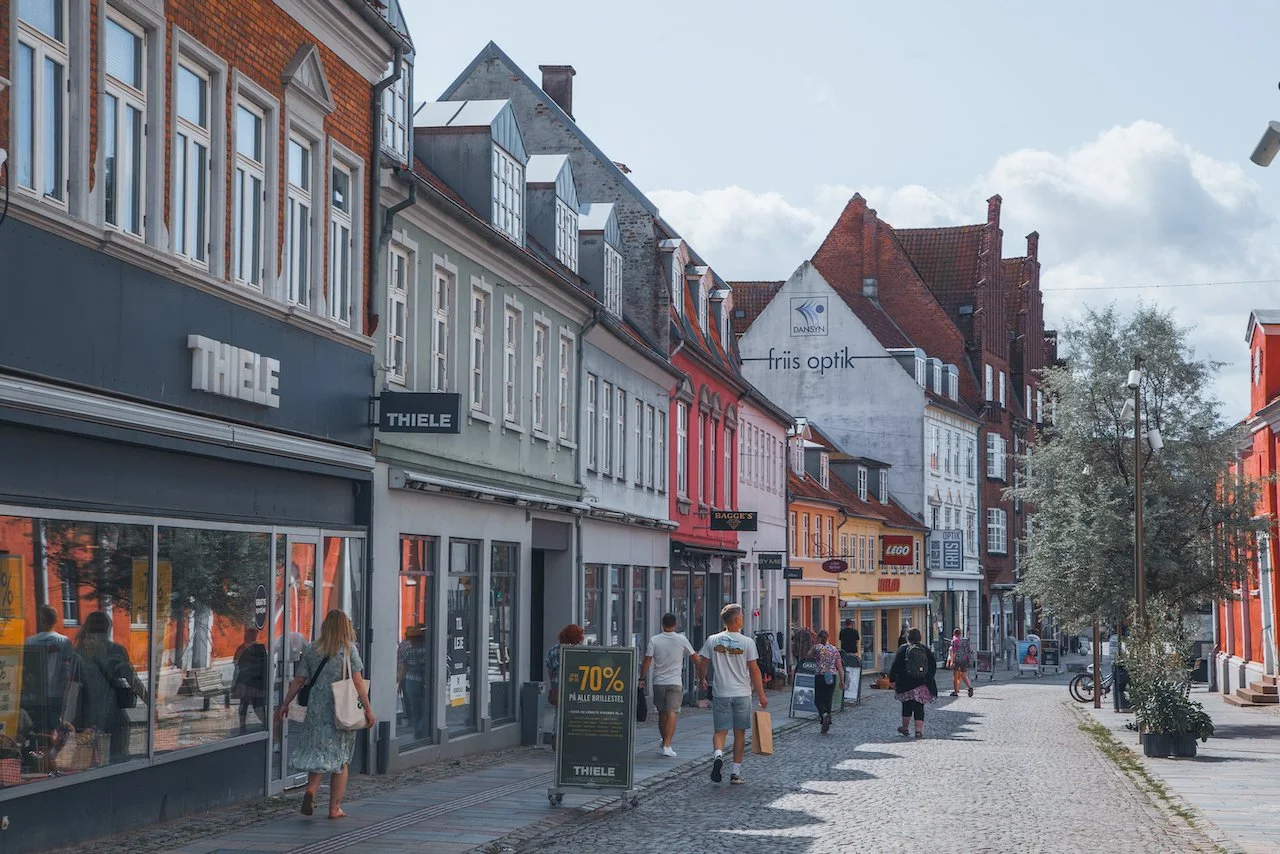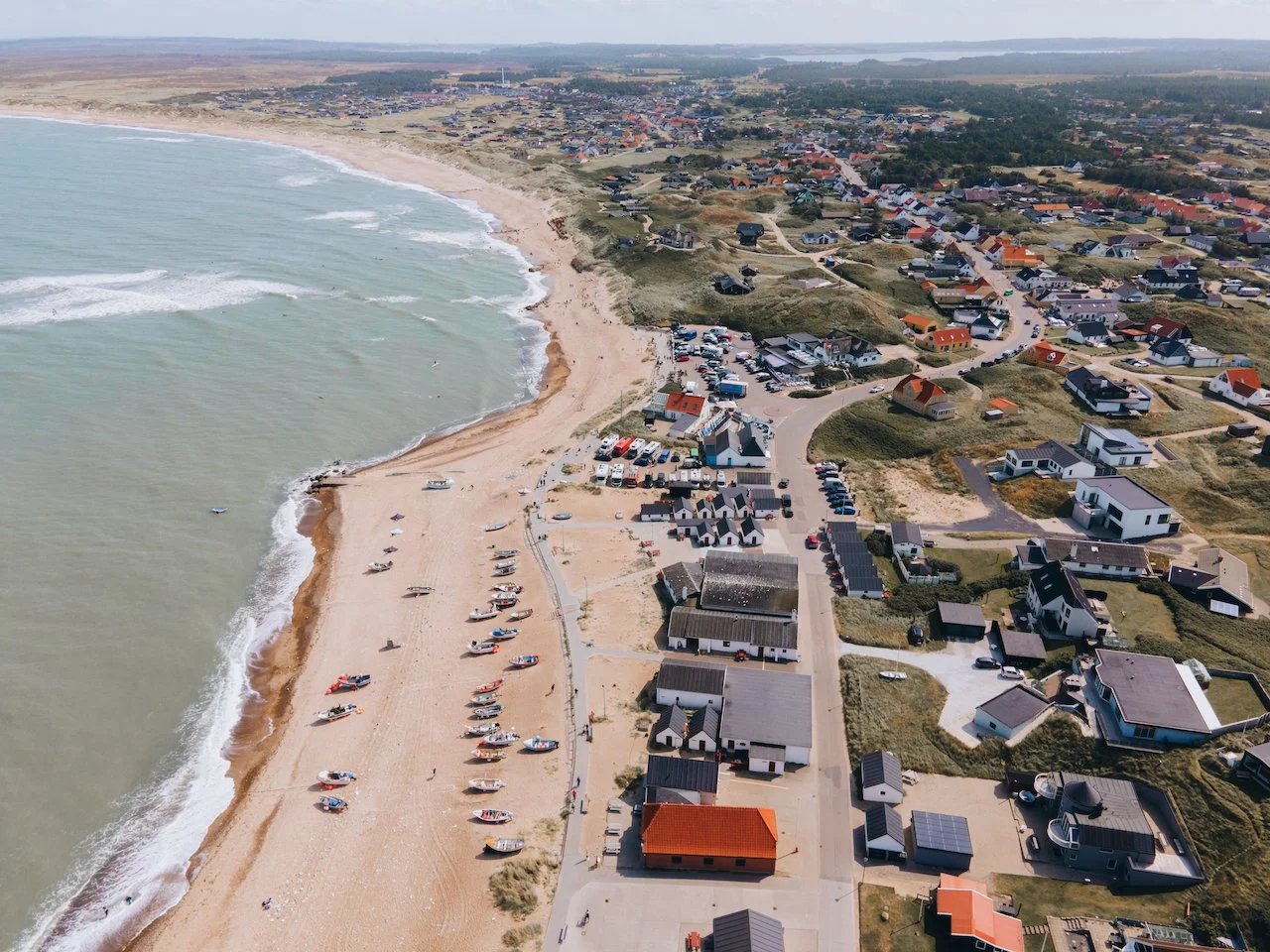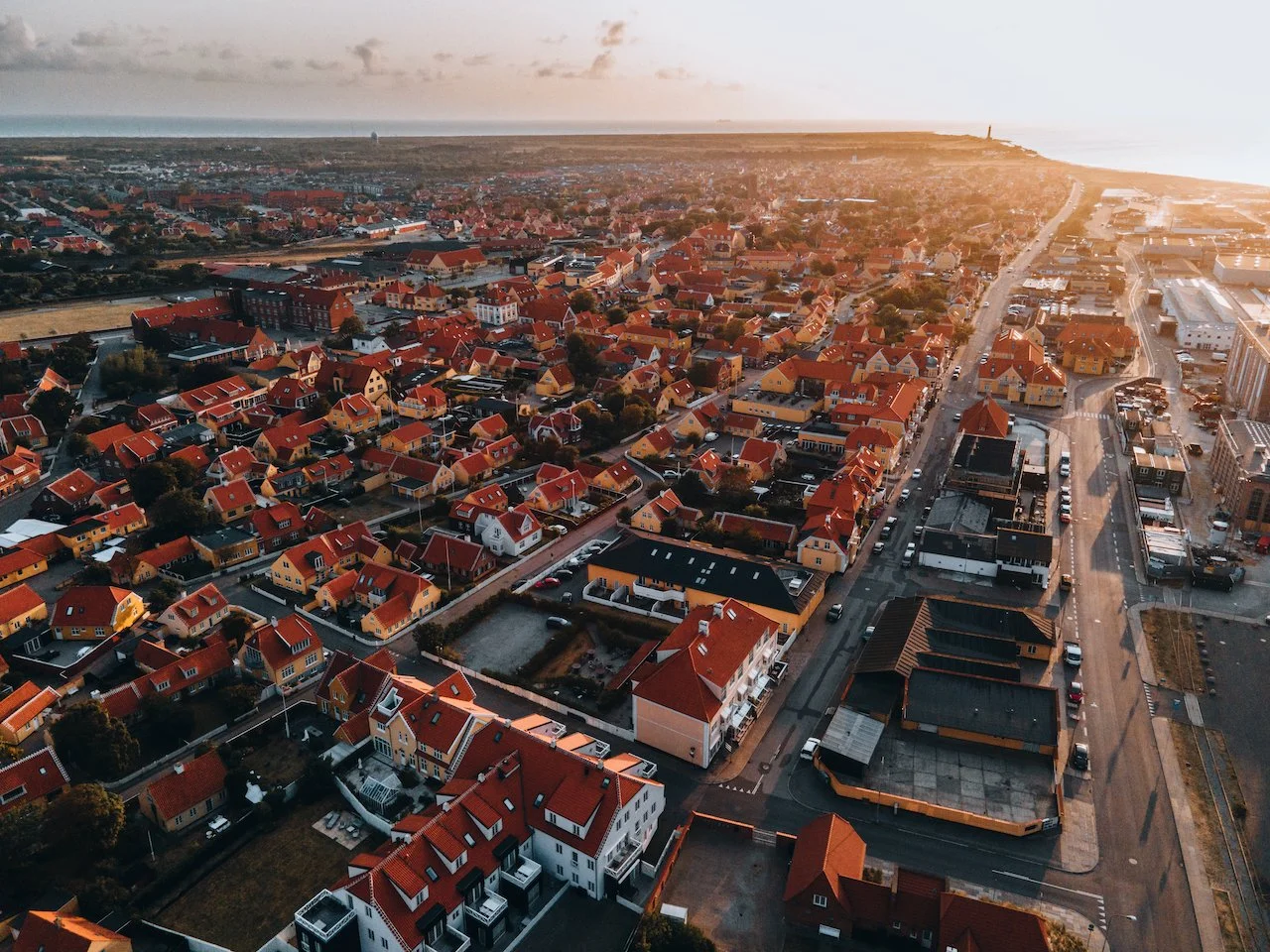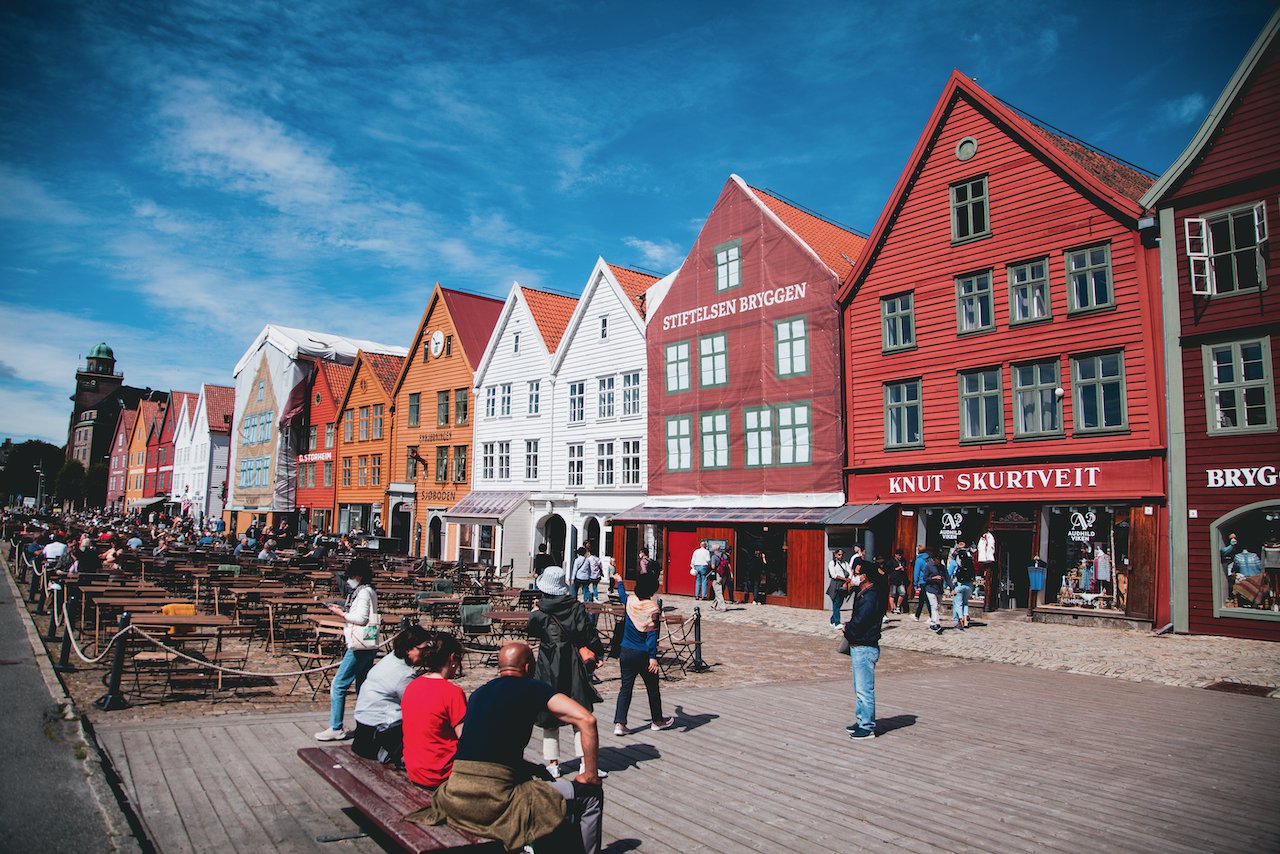Exploring Odense, Denmark: The Birthplace of Hans Christian Andersen
(Some links in this post are affiliate links. If you click through and take action, I'll be compensated.) If you are also interested in any PRINTS from any of my posts, be sure to check out my store where you can buy prints as posters, in metal/wooden frames or on canvas.
Not going to lie, Odense wasn’t really on my list of destinations I wanted to see in Denmark. I had originally planned to go to Skagen, which is situated on the northernmost tip of the country, but due to its [obvious] lack of proximity to anything else, I changed my itinerary.
Odense is the third largest city in Denmark and the birthplace of famous Danish author Hans Christian Andersen, who is highly esteemed in literature and perhaps most famous for writing The Little Mermaid. The city name itself comes from the phrase ‘Odins Vé' which means ‘Odin's sanctuary’ (Odin being a God in Norse Mythology).
My trip to Odense commenced via a train ride from the nearby city of Aarhus, Denmark’s 2nd largest city. I only had time to spend 24 hours there, in which I felt that I was able to see everything I had wanted. If you want to relax a little more, 2 days should be plenty.
Side Note: If you want to get a nice tour of Denmark, you can take a direct train from Copenhagen (largest city in Denmark) to Odense (3rd largest city) to Aarhus (2nd largest city) to Aalborg (4th largest city), or reverse. In this case, you really get a flavor of different places in the country while easily jumping from one to the other by train. Furthermore, Copenhagen has a very large airport you can fly into and Aalborg also has one, so you can start and end wherever you may please!
Check out my drone video of Odense, Denmark below!
Odense Cathedral (St. Canute's Cathedral) is a quintessential example of Brick Gothic architecture and was erected in memory of the Danish King Canute IV. The crypt of the church even has his remains still on display. Sitting on Abbey Hill, this church has been reconstructed in many phases to replace aging portions. Historically, in 1095, the first portion of this church was constructed as a travertine church under the guidance of Aelnoth of Canterbury, a Benedictine monk.


Odense Rådhus is essentially the town hall of Odense and as the name would suggest, houses the administrative offices of Odense Municipality. The building was designed by architects Johan Daniel Herholdt and Carl Lendorf in the Historicist style. This style is emotive of famous Italian landmarks such as the Palazzo Pubblico in Siena. The building was finished in 1885 and renovations were completed in 2005, 200 years after Hans Christian Andersen’s death anniversary.
If you like some of my photos that you have come across, just know that I have many prints showcasing a variety of landscapes available for purchase below! (Sold as Posters, Canvas, or in Metal-Frames and Wooden-Frames).
Eventyrhaven is a small park located just down the hill from Odense Cathedral. It’s a wonderful green space, away from the city traffic and features a running/walking path around the perimeter of the islet. I really enjoyed flying the drone here since the top down view is absolutely stunning.
The garden is evocative of a fairy tale, which is presumably (in my opinion) why they erected a statue of Hans Christian Andersen in 1949 inside of it. The garden architects were Carl Theodor Sørensen and Bent Helweg-Møller.




Munke Mose is an even larger park, situated just south of the Odense city center. The entire area is perfect for picnics, families, walking, running, even paddle-boating. This area is classified as a bog and used to be used for grazing before the municipality purchased the land from Munke Mølle, the longest running company in Denmark that specializes in the production of bread and cake mixes. It was my favorite place in all of Odense.



The Hans Christian Andersen House is perhaps the #1 place to see in Odense. The author was born here and the site features a set of buildings and museums dedicated to the author and his life (HCA Museum, HCA Museum Birthplace, and HCA Childhood Home). There are additional buildings that seamlessly blend in with the local environment and vegetation in a sustainable way. The site is regulated by the Odense Municipality and can be seen by paying an entrance fee.
Vintapperstraede is a street within the Odense city center that I stumbled onto by accident. It looked quite inviting, probably due to its long line of colorful lanterns (who doesn’t love lanterns?!). The cobblestone pedestrian street has various shops with a few restaurants and cafes, away from the main thoroughfare of Odense.
Ansgar Kirke is situated right next to Munke Mose park. It is relatively modern, with its construction being finished in 1902, making it the first church built in Odense since the Middle Ages. It is considered to be an example of late Romanesque style architecture with a bell tower reaching 45 meters high. Its interior is adorned in a variety of different frescoes from the 1930s. I personally liked the outer features of the church; it is simple and classy in my opinion, a great example of less is more.
Odense Castle (Odense Slott) is located across from the Odense train station. The castle itself originated as part of a 15th century monastery. Today, it is an administrative building and is part of a larger complex, built in a Baroque style. The park in front of it, appropriately called the King’s Garden, is a popular place to gather and relax at on warmer spring and summer days.





















